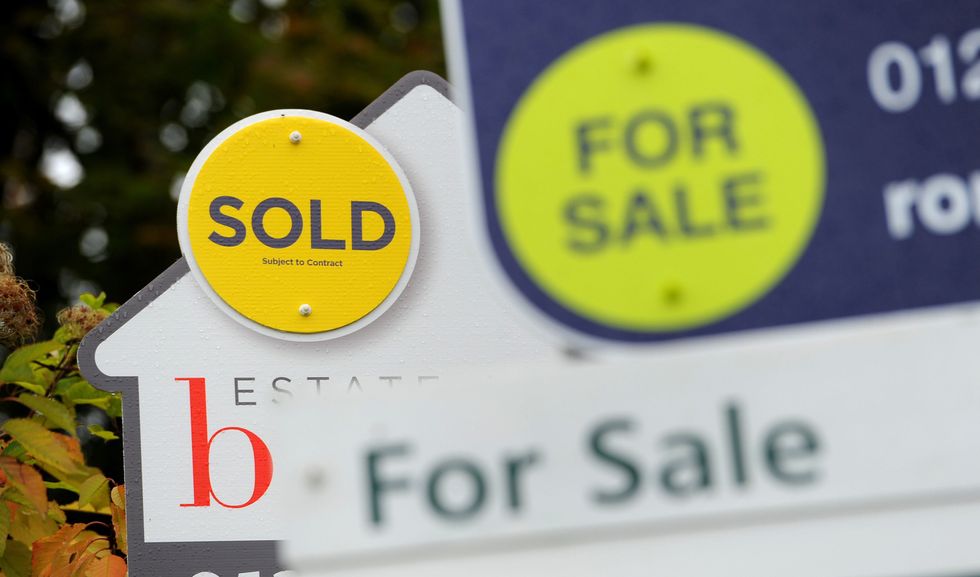Having a home sitting on the market for a long time can be frustrating and it is not always obvious to sellers where they are going wrong.
New research has revealed the most common reasons behind slow-selling property, and price is often the main culprit.
Recent research by Moverly analysed properties that have been on the market for at least 14 months, finding that across England, these slow-to-sell homes are priced 22 per cent higher than the wider average asking price.
London leads with the highest proportion of slow-selling properties, accounting for 19 per cent of the national total. The capital’s slow-to-sell homes are priced 20 per cent above the city’s overall average asking price.

A high price tag can put buyers off
GETTY
The South East follows with 16 per cent of slow-selling properties, priced 18.1 per cent higher than the regional average. The South West ranks third, representing 12 per cent of slow sellers, with prices 15.5 per cent above the regional norm.
However, analysis suggests that pricing isn’t the sole factor in slow sales. The North West, for instance, has one of England’s highest proportions of slow-to-sell homes at 12 per cent, yet these properties are only priced 4.6 per cent above the region’s wider average house price.
Conversely, the West Midlands presents an intriguing case. Despite having one of England’s smallest proportions of slow-to-sell homes at nine per cent, these properties are priced 10.4 per cent higher than the regional average – the highest level of overpricing across all regions.
This data indicates that other factors beyond pricing may contribute to prolonged property listings.
Further analysis showed a correlation between high market activity and slow-selling properties. Over the past 12 months, 540,450 properties were sold across England, averaging 60,050 transactions per region.
Notably, the top four areas with the highest proportion of slow-to-sell properties also experienced significantly higher transaction levels compared to this regional average.
The South East led with 93,385 transactions, followed by the North West (72,992), South West (64,121), and London (61,953). This trend suggests that heightened market activity may contribute to slower sales in certain regions.
In contrast, the North East, which has the smallest proportion of slow-to-sell properties (five per cent), also recorded the lowest number of transactions at 28,897.
These findings indicate that market dynamics play a crucial role in property sale speeds, beyond just pricing considerations.
Gemma Young, Moverly CEO, emphasisesdthe importance of comprehensive upfront information in accelerating property sales.
LATEST DEVELOPMENTS

Selling a home is not always a speedy experience
PA
She said: “The correlation between prolonged market presence and inflated listing prices underscores the critical importance of aligning pricing strategies with current market conditions.
“However, our data reveals that pricing is just one piece of the puzzle in addressing slow-selling properties. Operational challenges in bringing properties to market and guiding them through to completion significantly contribute to delays.
“The initial stages of listing a property are pivotal. Gathering comprehensive information upfront is not only essential for compliance with Trading Standards’ Material Information requirements but also serves as a key strategy to reduce time on the market.
“Agents who excel in this area are those who proactively address administrative and legal processes. By collecting both material and preliminary legal information early on, these agents position themselves advantageously to manage inquiries, conduct viewings, and negotiate offers efficiently.
“Consequently, the provision of comprehensive upfront information becomes a powerful tool in accelerating sales and distinguishing high-performing agents in a competitive market.”